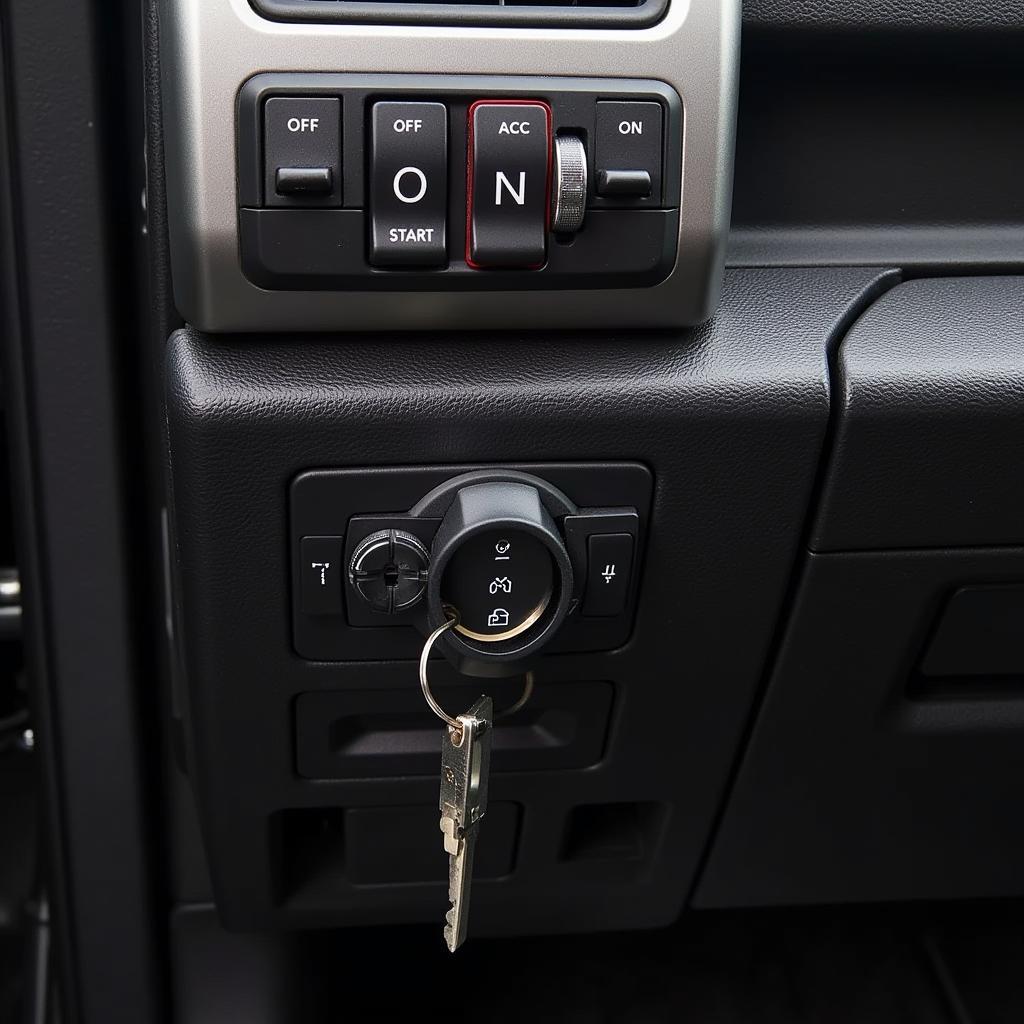The seat belt warning – that persistent chime and flashing light on your dashboard – exists for a good reason: to remind you to buckle up for safety. However, constantly dealing with a malfunctioning seat belt warning system can be incredibly frustrating. This comprehensive guide will walk you through the common causes of seat belt warnings, how to diagnose the issue, and the steps you can take to finally get rid of that annoying chime and light.
Understanding Your Car’s Seat Belt Warning System
Before diving into solutions, it’s helpful to understand how the seat belt warning system works. Most modern vehicles use a combination of sensors and a control module to detect if the seat belt is fastened:
- Seat Belt Buckle Sensor: Located in the buckle receptacle, this sensor detects when the metal tongue of the seat belt is inserted.
- Seat Belt Pretensioner Sensor: This sensor, often integrated with the seat belt retractor, detects the amount of force on the belt, indicating if a passenger is present.
- Weight Sensor (Passenger Seat): Found in the passenger seat, this sensor helps determine if a passenger is heavy enough to trigger the seat belt warning.
- Seat Belt Warning Control Module: This module receives signals from the sensors and activates the warning chime and light if a seat belt is unbuckled while the vehicle is in motion.
Common Causes of a Seat Belt Warning
A persistent seat belt warning usually signals a problem with one or more components of the system:
- Faulty Seat Belt Buckle Sensor: The most common culprit is a broken or dirty buckle sensor. Dirt, debris, or spilled liquids can interfere with the sensor’s ability to detect the buckle.
- Damaged Wiring: Wiring issues, such as loose connections, corrosion, or frayed wires, can disrupt the signal between the sensor and the control module.
- Malfunctioning Seat Belt Pretensioner: A faulty pretensioner can send incorrect signals to the control module, leading to a false warning.
- Defective Weight Sensor: A malfunctioning weight sensor in the passenger seat might incorrectly register weight, even when the seat is empty, triggering the warning.
- Software Glitch: In some cases, a software glitch within the vehicle’s control module can cause the seat belt warning to activate erroneously.
How to Diagnose the Problem
To effectively address the seat belt warning, you need to pinpoint the root cause. Here’s how:
- Check the Obvious: Begin by ensuring all seat belts are properly fastened. Inspect the buckles for any visible damage or debris.
- Consult Your Owner’s Manual: Refer to your car’s owner’s manual for specific instructions on resetting the seat belt warning system for your make and model.
- Use an OBD-II Scanner: An OBD-II scanner can read diagnostic trouble codes stored in your car’s computer, potentially revealing the source of the problem.
- Inspect the Wiring: Carefully examine the wiring harness connected to the seat belt buckle sensor and pretensioner for any signs of damage.
Solutions to Get Rid of the Seat Belt Warning
The solution to your seat belt warning depends on the underlying cause:
1. Clean the Seat Belt Buckle
- What to do: Gently clean the buckle receptacle using compressed air, a cotton swab, and electrical contact cleaner. Ensure the buckle latches securely.
- When to consider it: This is the easiest fix and should be your first step if the warning is intermittent or you suspect a dirty buckle.
2. Replace the Seat Belt Buckle Sensor
- What to do: If cleaning doesn’t work, the buckle sensor likely needs replacement. This usually involves unbolting the old sensor and installing a new one.
- When to consider it: Consider this if the warning persists even after cleaning the buckle, and you’ve ruled out other issues.
3. Repair or Replace Damaged Wiring
- What to do: Repair any loose connections, corroded wires, or damaged sections of the wiring harness.
- When to consider it: This is necessary if a visual inspection reveals wiring issues.
4. Address Seat Belt Pretensioner or Weight Sensor Problems
- What to do: If the pretensioner or weight sensor is faulty, it will likely require professional diagnosis and replacement.
- When to consider it: Consider this if other solutions haven’t worked, and an OBD-II scan points to one of these components.
5. Perform a Software Update
- What to do: Visit a dealership or qualified mechanic to check for and install any available software updates for your car’s control modules.
- When to consider it: This might be the solution if the warning started after a recent software update or if no other mechanical issues are found.
Professional Help: When to Seek Expert Assistance
While some seat belt warning issues are simple DIY fixes, others require specialized knowledge and tools. Consider seeking professional help if:
- You’re uncomfortable working with electrical components.
- The problem persists after trying the troubleshooting steps above.
- You suspect a complex issue with the pretensioner, weight sensor, or control module.
A Word of Caution
Remember, the seat belt warning system is a crucial safety feature. Disabling the system entirely is strongly discouraged and might be illegal in some areas. Always prioritize safety and ensure your seat belts are in proper working order.
Conclusion
Dealing with a persistent seat belt warning can be a nuisance, but by understanding the system and following the steps outlined in this guide, you can diagnose the issue and get rid of that annoying chime and light. Remember to prioritize safety, address the root cause of the problem, and don’t hesitate to seek professional help if needed.

